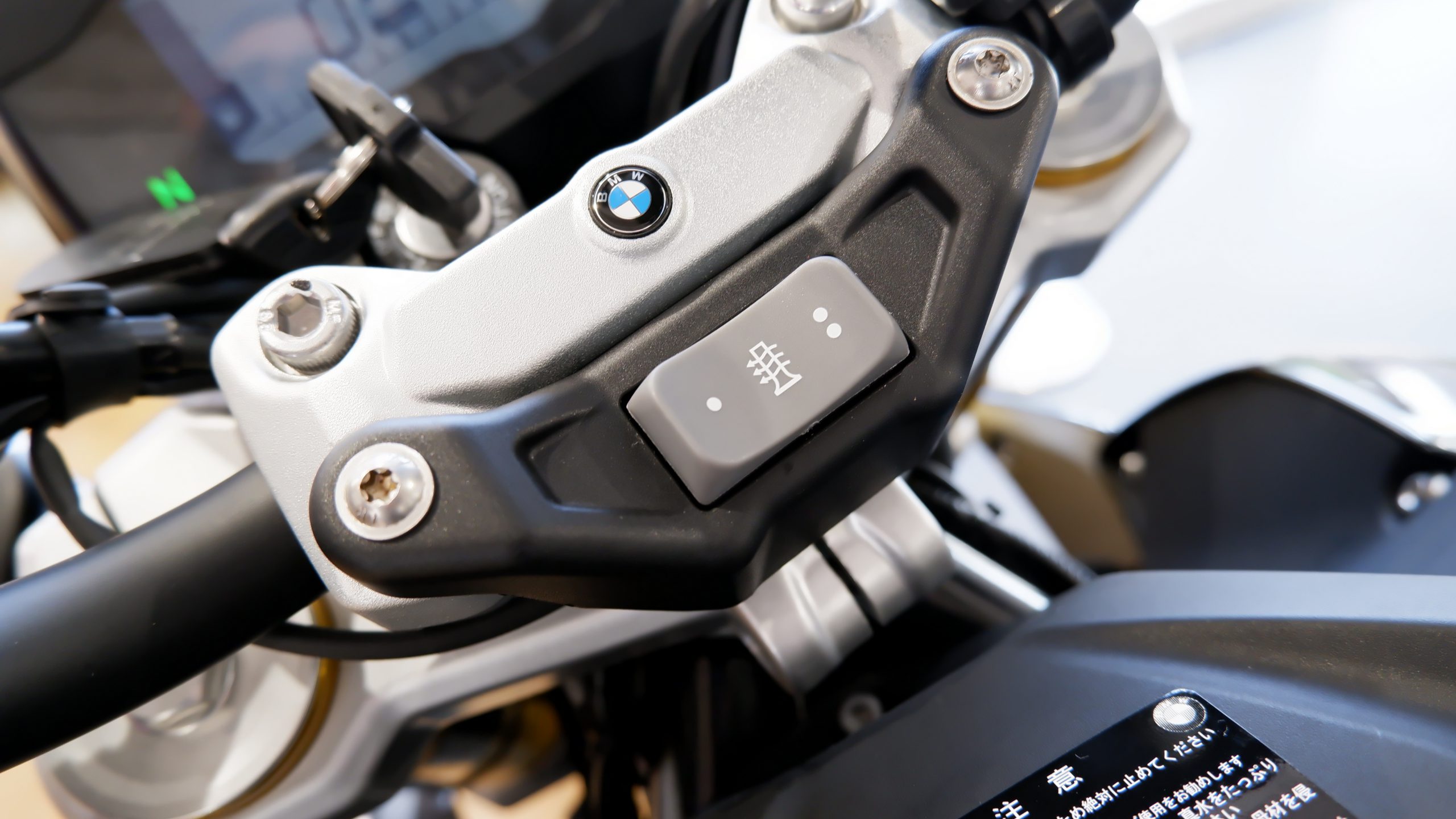- Adobe is actively working to build apps that run natively on Apple computers using the Apple silicon M1 chip. Many of our existing apps can run on M1 devices using Apple's Rosetta 2 technology.
- Login to Dropbox. Bring your photos, docs, and videos anywhere and keep your files safe.
The Dropbox desktop app for Linux computers
Essential requirements for Linux
If you’re computer is running Linux, and you want to run the Dropbox app, you need to use:
- Ubuntu 14.04 or later
- Fedora 21 or later
- Glibc 2.19 or later
- The latest Dropbox app for Linux
- A Dropbox folder on a hard drive or partition formatted with one the following file system types:
- ext4
- zfs (on 64-bit systems only)
- eCryptFS (back by ext4)
- xfs (on 64-bit systems only)
- btrfs
Installing and using Dropbox for Mac is as simple as downloading and installing the app. From there, your Dropbox acts like a folder on your computer—except that it resides in the cloud. Here's how to add it to your Mac. While Photoshop and Lightroom on the M1 natively are major milestones for Apple's move to the next generation, there are a number of high-profile laggards that have yet to release native M1 apps.

Notes:
- If your device doesn’t meet the operating system requirements, you may still be able to use the Dropbox desktop application, but results may vary.
- If you experience an issue and contact Dropbox support without the correct system requirements for Linux, you will be asked to use the correct system requirements.
- Dropbox doesn’t support ARM processors for Linux.
The full Dropbox app on Linux
In addition, if you’d like to get the full Dropbox desktop app, you need to use:
- A computer capable of running the required operating system, and one of the following desktop environments:
- GNOME shell (may need the TopIcons extension to get the tray icon)
- Unity
- GNOME Classic
- XFCE with the corresponding Nautilus dependencies
- These additional requirements, when applicable:
- GTK 2.24 or later
- Glib 2.40 or later
- Libappindicator 12.10 or later
- Nautilus 3.10.1 or later
The headless Dropbox app on Linux
If you’d like to run the Dropbox app “headless” (using the command line only), you only need the Dropbox app essential requirements. Then you can install the app and use the Linux Command Line Interface (CLI) to control the desktop app.
Users have been complaining for quite some time now that they are unable to use Google Drive File Stream on their Mac devices that ship with the new Apple M1 chip.
Most of this can be attributed to the fact that users are unable to proceed any further than the initial setup due to various errors.
Dropbox For M1 Machine Gun
Drive File Stream version 43 and above supports macOS 11 Big Sur. Drive File Stream does not yet support Apple M1 devices.
This is quite plausible though, considering that the new Macs with M1 processors are simply not supported yet. And Google had made this clear several months ago.
The result of this was a string of issues that we highlighted previously. For details about the “Error: 8B227910” that arises during Google account configuration, visit this link. And for other File Stream issues, click here.
Dropbox For M1 Macular Degeneration
However, it has now come to attention that Google is actively working on adding support for the new chipset as well. This is as per the Drive File Stream release notes page.
Google Drive for desktop version 47.0 will support Apple M1 devices
As apparent from the above, Google Drive File Stream support for the new Apple M1 devices will be rolled out with the app’s version 47.0 update in April. For comparison, the latest version currently is v45.0.
So why this long to support the new M1 devices? Well, it may have something to do with the new Rosetta 2 emulation technology that is designed to translate Intel-based apps to run on Apple processors.
A user was kind enough to explain the entire dilemma in detail for the curious ones:
In short, a lot of effort is required to get the app running on M1 devices which explains the extra-long development time.
For now, several users have tried a different application with similar functionality called “odrive” as an alternative. You may check it out from this link.
PiunikaWeb started as purely an investigative tech journalism website with main focus on ‘breaking’ or ‘exclusive’ news. In no time, our stories got picked up by the likes of Forbes, Foxnews, Gizmodo, TechCrunch, Engadget, The Verge, MacRumors, and many others. Want to know more about us? Head here.
Dropbox Mac M1 Chip
Want to work for PiunikaWeb and enjoy best-in-industry compensation & benefits? You'll be glad to know we're hiring experienced candidates.
